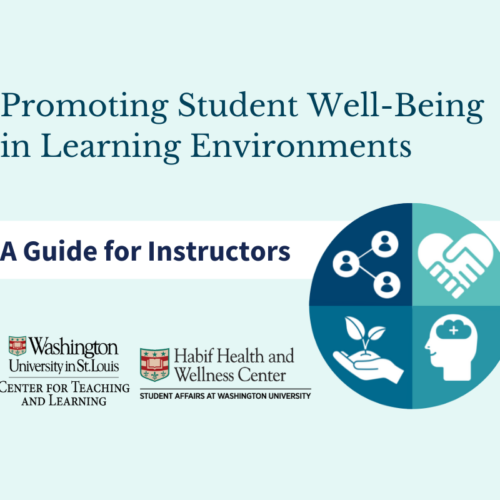Tips for Creating a Supportive Classroom
Twenty percent of college students nationwide report ““symptoms indicative of clinical or subclinical PTSD,” according to a 2008 study, “Prevalence, Type, Disclosure, and Severity of Adverse Life Events in College Students” (Smyth et al., 2008) cited in a recent Faculty Focus article. The study points to the need for faculty to be cognizant of challenges and issues faced by students, and for them to create supportive, safe classrooms. The Faculty Focus article provides some tips for creating these spaces, including reframing student behaviors as possible symptoms of trauma; providing students with an agenda or syllabus that clearly details course expectations; creating a flexible classroom with different choices and activities; being mindful of material that could be emotionally taxing and offering trigger warnings if needed; and collaborating with students rather than trying to “rescue” them from their problems, writes MaryAnn Raybuck, L.C.S.W., from Northern Virginia Community College (NOVA).
“Systemic change takes time, but faculty are free to incorporate trauma-informed practices in their classrooms. At the minimum, faculty and administrators must strive to avoid re-traumatizing students with negligent approaches and policies,” Raybuck writes in the story.






